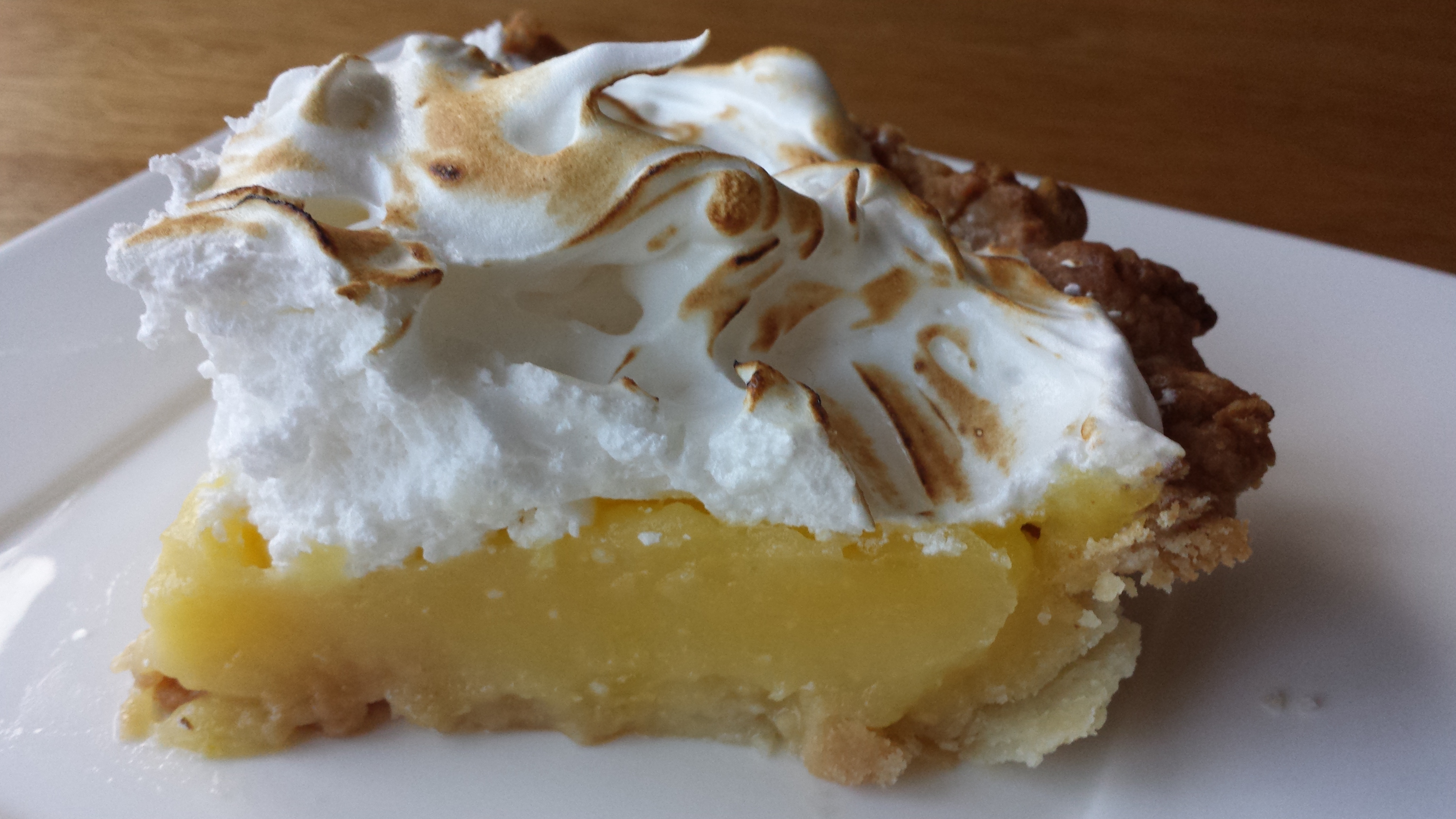 The calendar said it was spring the other day, but here in Washington, D.C., the slushy snow and mitten-worthy temperatures did a pretty good job of convincing us otherwise. That’s why it was all the more important to have a bright sunny yellow pie to cheer us up.
The calendar said it was spring the other day, but here in Washington, D.C., the slushy snow and mitten-worthy temperatures did a pretty good job of convincing us otherwise. That’s why it was all the more important to have a bright sunny yellow pie to cheer us up.
This lemon meringue pie won’t just deliver the cheer you need to outlast winter. It will be a sassy, creamy contribution to a meal during warm weather, too, when cream pies like coconut and chocolate might seem too heavy.
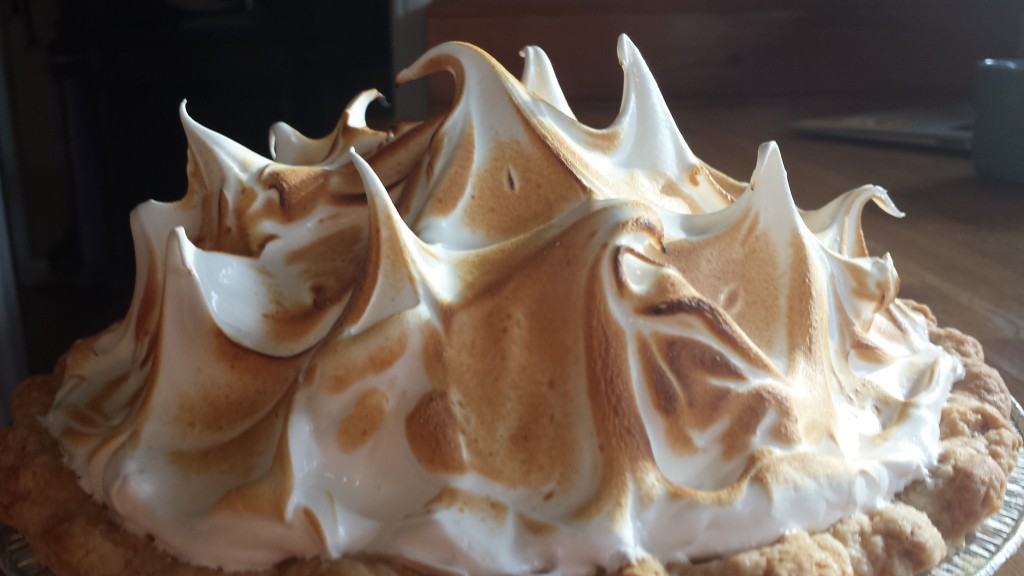 Before singing this little baby’s praises any more, though, I should warn you: CurvyMama’s lemon meringue is not your traditional lemon meringue pie.
Before singing this little baby’s praises any more, though, I should warn you: CurvyMama’s lemon meringue is not your traditional lemon meringue pie.
 First: the filling. My lemon pie uses a slight variation on lemon curd. The traditional filling blends water, lemon juice, sugar, eggs and cornstarch into a kind of lemon gel. Curd uses lemon juice and sugar, too, of course, but it eliminates the water, steps up the eggs, and adds a bit of butter. So what you get is a heavier, smoother, creamier filling. Curds are typically pretty soft, so I added a little cornstarch here to help the pie stand up to slicing. But it’s still softer, creamier, than traditional lemon pie filling.
First: the filling. My lemon pie uses a slight variation on lemon curd. The traditional filling blends water, lemon juice, sugar, eggs and cornstarch into a kind of lemon gel. Curd uses lemon juice and sugar, too, of course, but it eliminates the water, steps up the eggs, and adds a bit of butter. So what you get is a heavier, smoother, creamier filling. Curds are typically pretty soft, so I added a little cornstarch here to help the pie stand up to slicing. But it’s still softer, creamier, than traditional lemon pie filling.
Then there’s the meringue. I tried many lemon pie recipes that used everyday meringue–the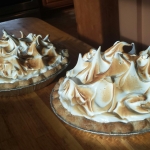 kind that entails whipping egg whites with a little cream of tartar. Pastry people know this as French meringue. I couldn’t get completely happy with these recipes, though. I was bothered by a bubbly, slightly crunchy quality to the meringue. I wanted smooth, creamy, glossy, slightly chewy meringue.
kind that entails whipping egg whites with a little cream of tartar. Pastry people know this as French meringue. I couldn’t get completely happy with these recipes, though. I was bothered by a bubbly, slightly crunchy quality to the meringue. I wanted smooth, creamy, glossy, slightly chewy meringue.
The way I found to get it–thanks to my wise and generous friend Jenni Field, who runs PastryChefOnline–is to make Italian meringue. It requires a little bit more fussing–and a candy thermometer–but it’s hard to overstate how worthwhile it is. If you just don’t wanna go the extra-fussing route, you can substitute everyday (French) meringue.
But just try! Just once! Try the Italian meringue and tell me, with a straight face, that it doesn’t blow you away with its sexy, glossy, marshmallowy power. Just look at it!
Gushing aside, let’s get to the pie making instructions and photos. That’s what you want anyway! Here are some photos and a little bare-bones narration. At the bottom is the recipe card with the real detailed instructions.
First, bake your pie shell and let it cool.
The filling is easy: whisk the eggs and egg yolks together in a saucepan. Whisk in the lemon juice, zest, sugar, and salt. Add the butter pieces. Cook and whisk until the butter melts, the mixture thickens slightly and it starts to simmer around the edges. Stir in the cornstarch-water mixture. Cook and whisk, paring back the heat to keep things to a simmer, another 30 seconds or so. Pour through a sieve.
- Whisking the eggs…
- … adding the sugar…
- … and the butter.
Protected with plastic wrap, the curd will wait patiently for you until you are ready to assemble your pie. (in the fridge if that’s more than a few hours.) That’s when you’ll make your meringue.
- Strained curd…
- … cooling under plastic wrap.
The meringue requires just a little bit of timing finesse. The trick is to see if you can your egg whites to whip to the medium-peak stage at about the same time that your boiling sugar syrup reaches 244 degrees. Here’s the timing that worked for me:
Put your egg whites in a stand mixer with a whisk attachment. In a saucepan, combine the sugar with just enough water to form what Jenni Field aptly described as a “sludgy” texture. Put the cover on the pan, and medium-high heat under it. Swirl occasionally, but don’t stir, as the sugar dissolves.
When the sugar-water mixture begins to simmer, start beating your whites on medium-high speed. Take the cover off the sugar-water pan and attach a candy thermometer. Boil the syrup until it reaches 244 degrees.
Slow the whisk on the stand mixer to medium speed. With the whisk going, pour the hot syrup into the egg whites, taking care to avoid spattering by pouring the syrup between the whirring whisk and the side of the bowl.
When all the syrup’s poured in, continue beating until the outside surface of the mixing bowl is no longer warm to the touch. (When you first pour the syrup in, the side of the bowl will feel hot.) Go ahead and feel the mixing bowl occasionally, but don’t be concerned if this process takes 5-10 minutes or more. 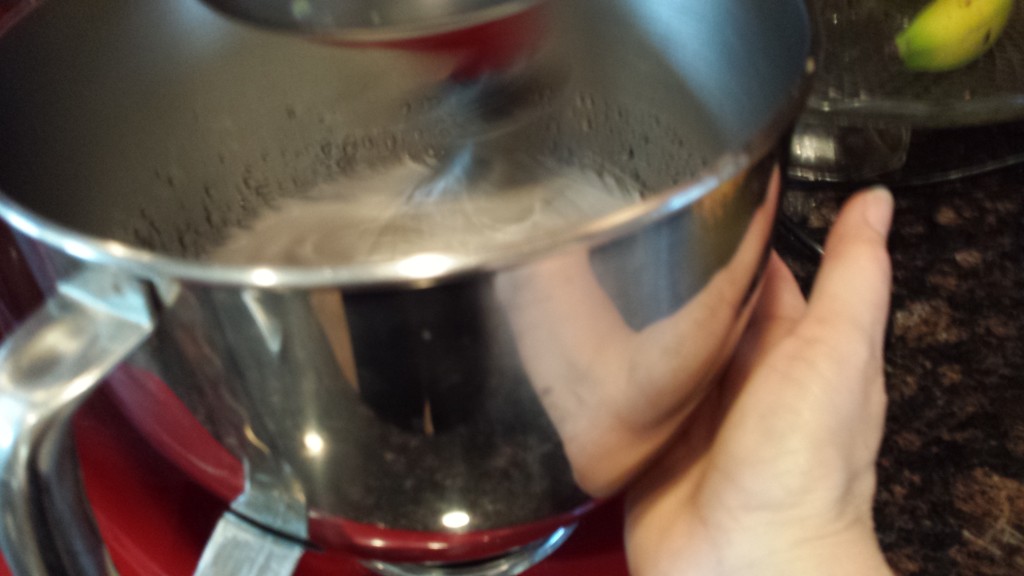 Don’t hurry the process; wait til the side of that bowl has cooled off. By that time, your egg whites should have taken on an alluringly glossy, marshmallowy look, and should hold stiff peaks.
Don’t hurry the process; wait til the side of that bowl has cooled off. By that time, your egg whites should have taken on an alluringly glossy, marshmallowy look, and should hold stiff peaks.
A kitchen butane torch is the hands-down best way to get a gorgeous brown-tipped meringue. You can get a small one like mine for $25-$40 online. If you want to remain torchless, however, you can brown meringue in the oven. It’ll come out a gentler brown that what you see here, which was a torch job.
Ingredients
Method
- Start by making a batch of pie dough. Of course I love it when you use CurvyMama Pies' Basic Butter-and-Lard Dough. But if you don't want to, just make any recipe you like. Roll out enough dough for one 9-inch pie pan.
- Ease it into your pan, trim, and crimp. Place the pie shell in the freezer.
- Preheat the oven to 425.
- Once the oven is up to temperature, line the frozen pie shell with parchment and fill it with dried beans, rice, or whatever you like to use for pie weights.
- Bake for 15 minutes. Remove parchment and weights.
- Bake for another 5-8 minutes, or until golden brown. Remove from oven and cool completely.
- Now it's time to make your filling. (This can be done several days ahead of time, too, if you prefer, and chilled until you're ready to use it.)
- First, set a strainer over a medium-sized bowl and place them near your stovetop.
- In a heavy saucepan, whisk together your whole eggs and egg yolks. Whisk in the lemon juice, lemon zest, sugar, and salt. Stir in the butter. Cook and whisk over medium-high heat, making sure to scrape the sides and bottom of the pan to keep chunks from forming.
- Keep whisking while the butter melts and the mixture starts to simmer around the edges. Stir in the cornstarch-water mixture. Keep whisking about 30 seconds more, paring back the heat a little if necessary to keep it from reaching a boil (a low simmer is okay). Take the curd off the heat.
- Using a soft, bendable scraper, pour and press the curd through the strainer into the bowl. Cover with a piece of plastic wrap, pressing the wrap directly onto the surface of the curd to keep a skin from forming. Chill until room temperature or cooler.
- The meringue requires just a little bit of timing finesse. This is a shiny, marshmallowy Italian meringue; trust me, it's worth it!
- Put your egg whites in a stand mixer with a whisk attachment.
- In a saucepan, combine the sugar with just enough water to form a thick, sludgy texture. Put the cover on the pan, and place a medium-high heat under it. Swirl occasionally, but DON'T STIR, as the sugar dissolves.
- When the sugar-water mixture begins to simmer, start beating your whites on medium-high speed.
- Take the cover off the sugar-water pan and attach a candy thermometer. Boil the syrup until it reaches 244 degrees. With any luck, this will happen right about the time that your egg whites reach the medium-peak stage.
- Slow the whisk on the stand mixer to medium speed. With the whisk still going, pour the hot syrup into the egg whites, taking care to avoid spattering by pouring between the whirring whisk and the side of the bowl.
- When all the syrup's poured in, continue beating until the side of the mixing bowl is no longer warm to the touch. Come up and feel the mixing bowl occasionally, but don't be concerned if this process takes 5-10 minutes or more.
- Don't hurry the process; wait til the side of that bowl has cooled off. By that time, your egg whites should have taken on an alluringly glossy, marshmallowy look, and should hold stiff peaks.
- Spread the curd into the pie shell. Spoon the meringue on top, using a butter knife or a small offset spatula to spread it all the way to the edges of the pastry to make a seal all around. Make swirls and peaks--I find I can make the best peaks with the back of a spoon--with the remaining meringue that you heaped onto the pie.
- If you have a kitchen butane torch, brown the meringue. If you don't, preheat the oven to 375 and place the pie in the oven for about 15 minutes until the meringue is golden brown.
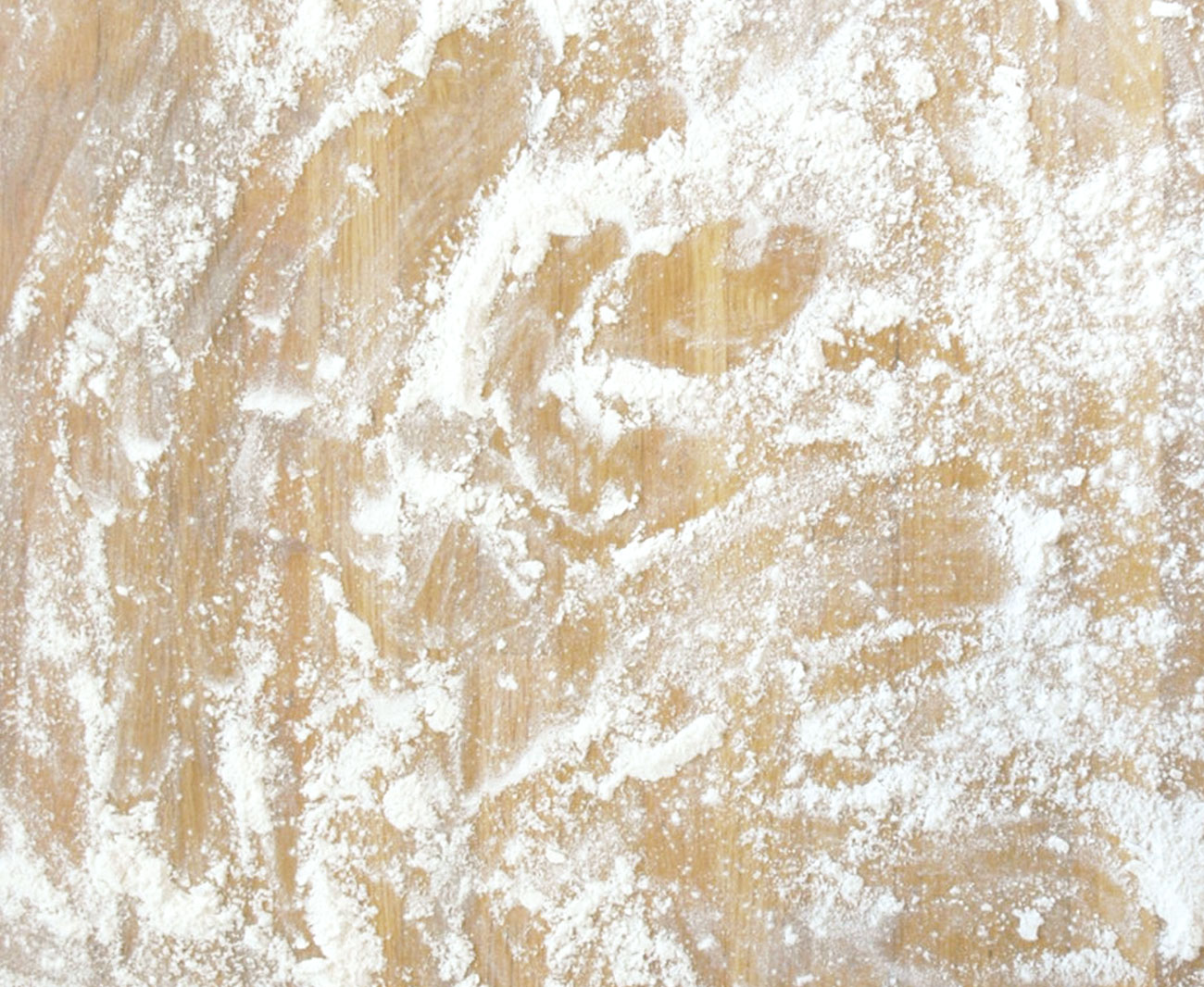



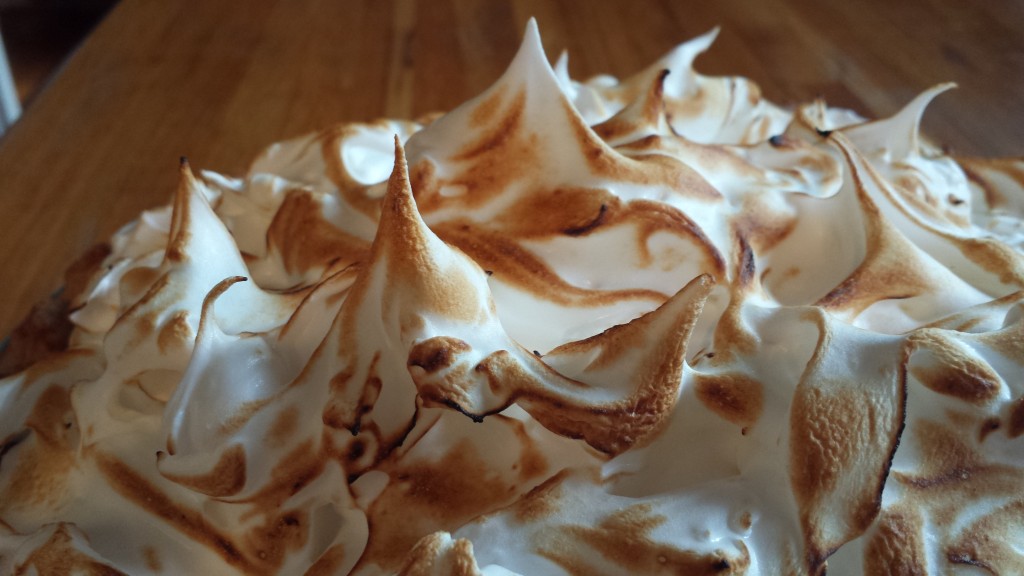
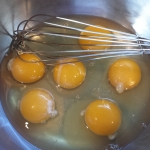
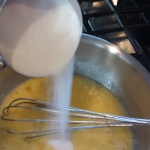
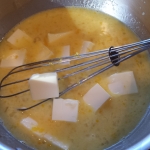
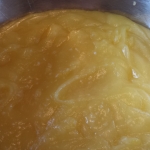
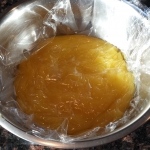
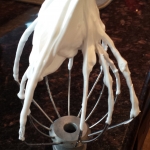
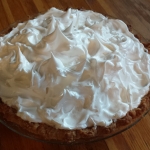
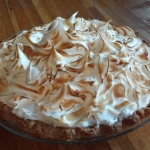
Man, your LMP is just perfect! I too prefer a curd-based filling–so much richer! I usually stabilize mine with some gelatin, but the cornstarch route is probably smarter since it’s also vegetarian. And Italian meringue? Sexy really is the word, isn’t it?! So happy to have been able to help you perfect your meringue. It really is perfect!
Jenni! That compliment means a lot coming from you! Thank you for your generous help on meringue. You’re a treasure! For those of you who don’t already know: You can benefit from Jenni’s wisdom and experience on her website, Pastry Chef Online (http://pastrychefonline.com), and on Facebook (https://www.facebook.com/PastryChefOnline).